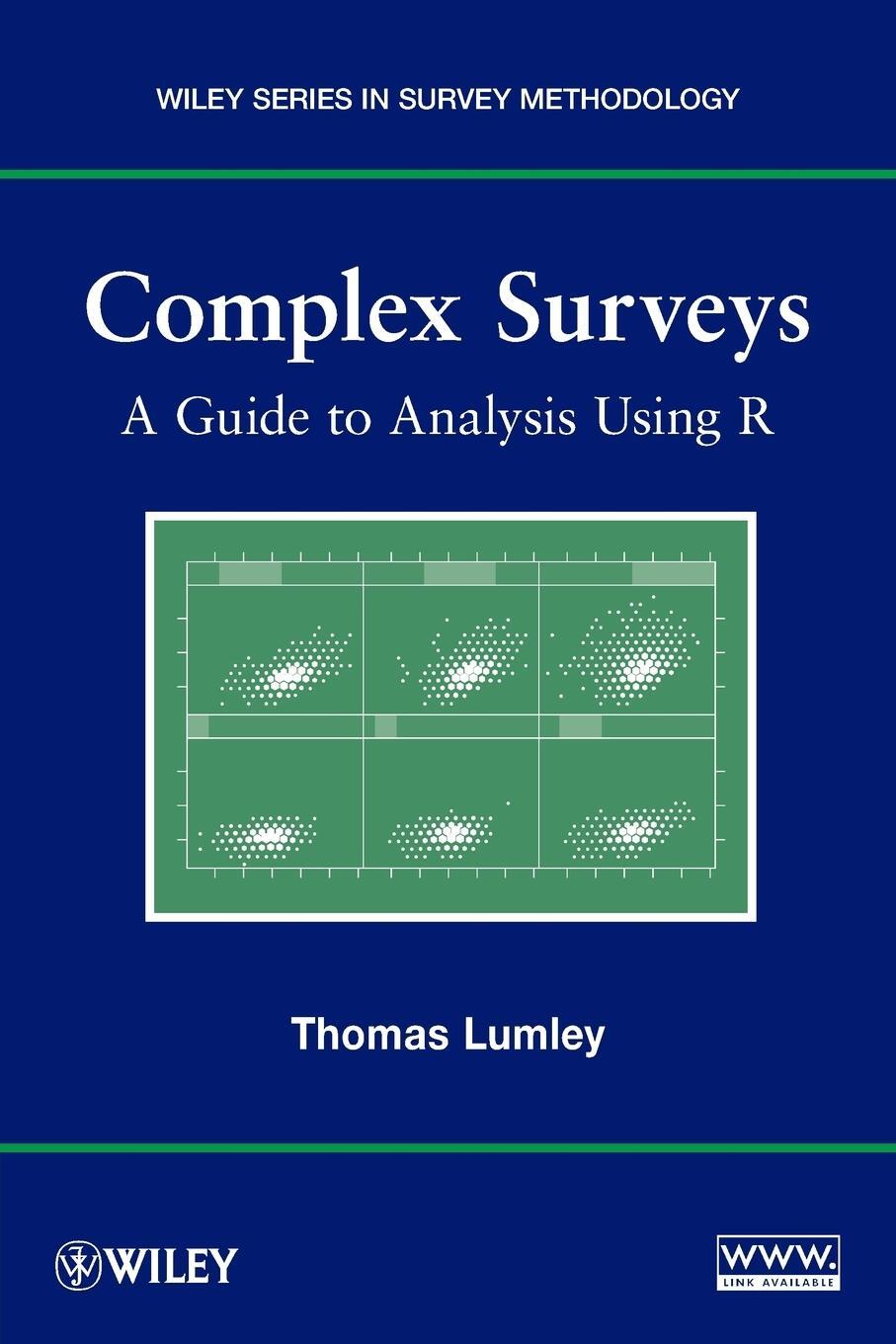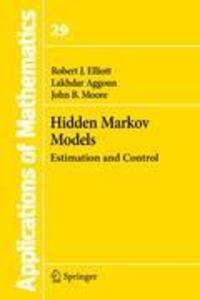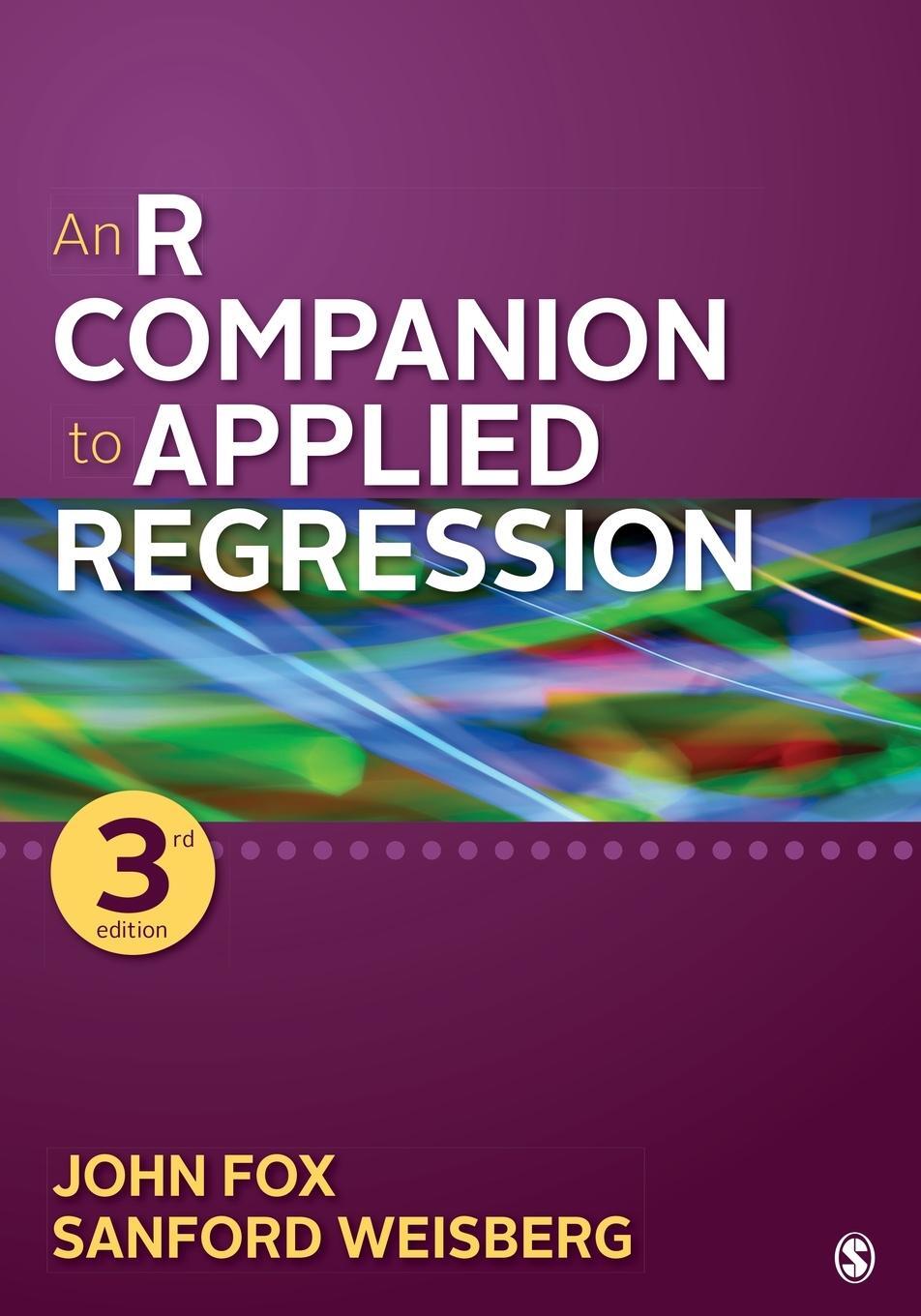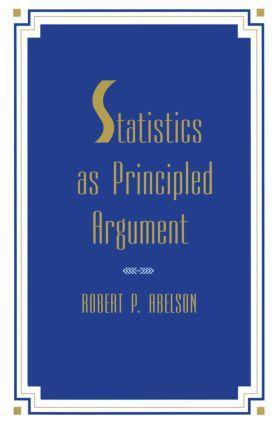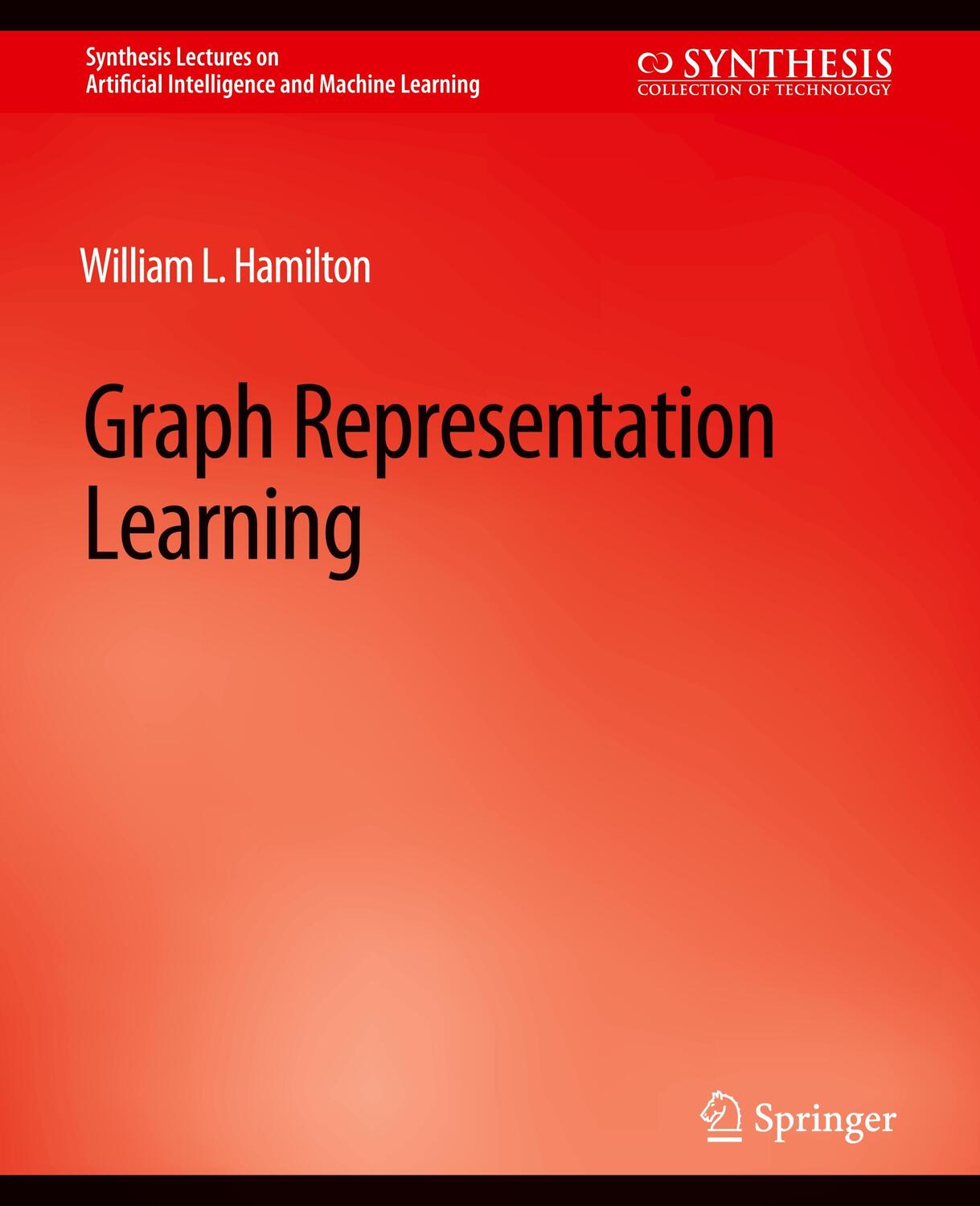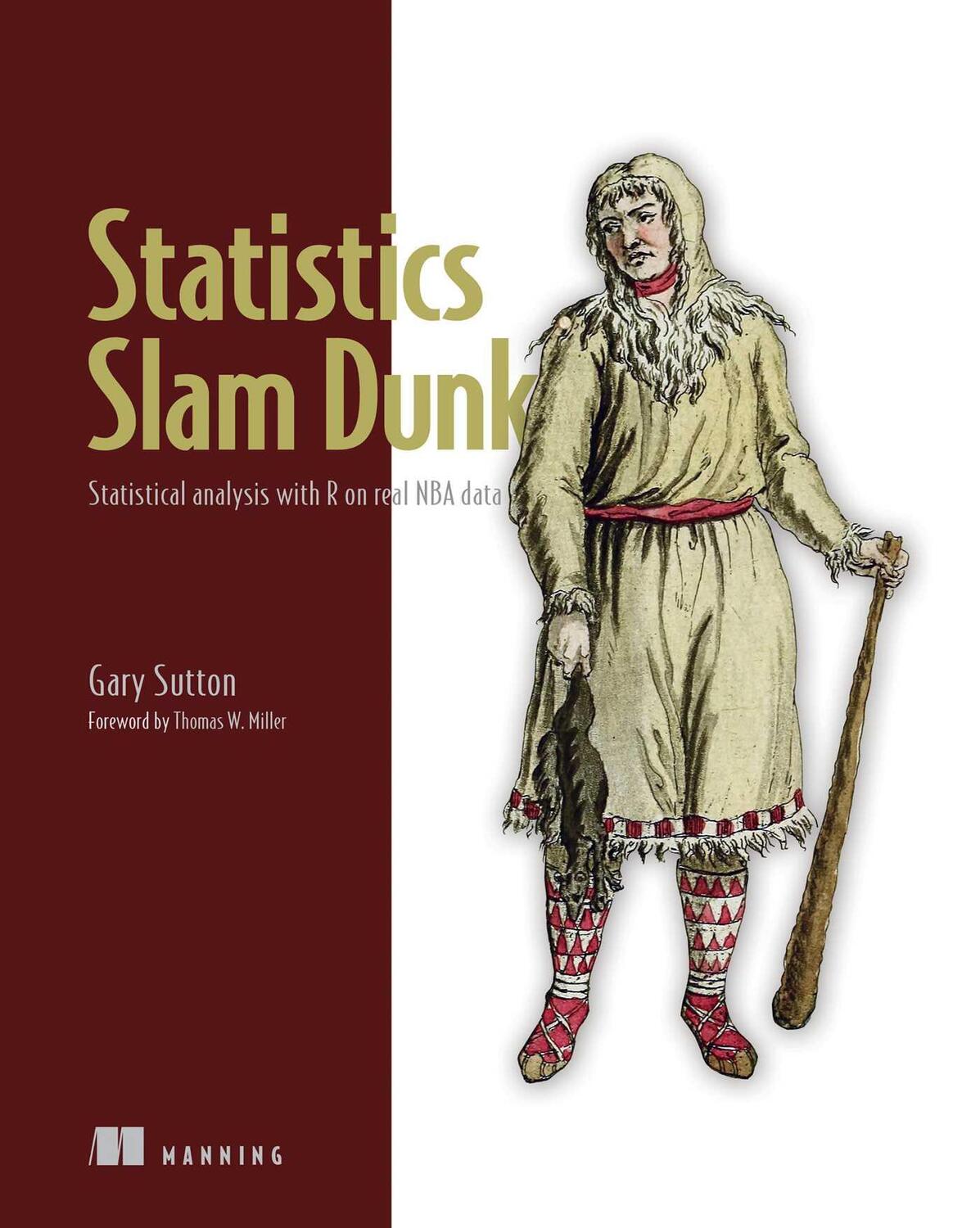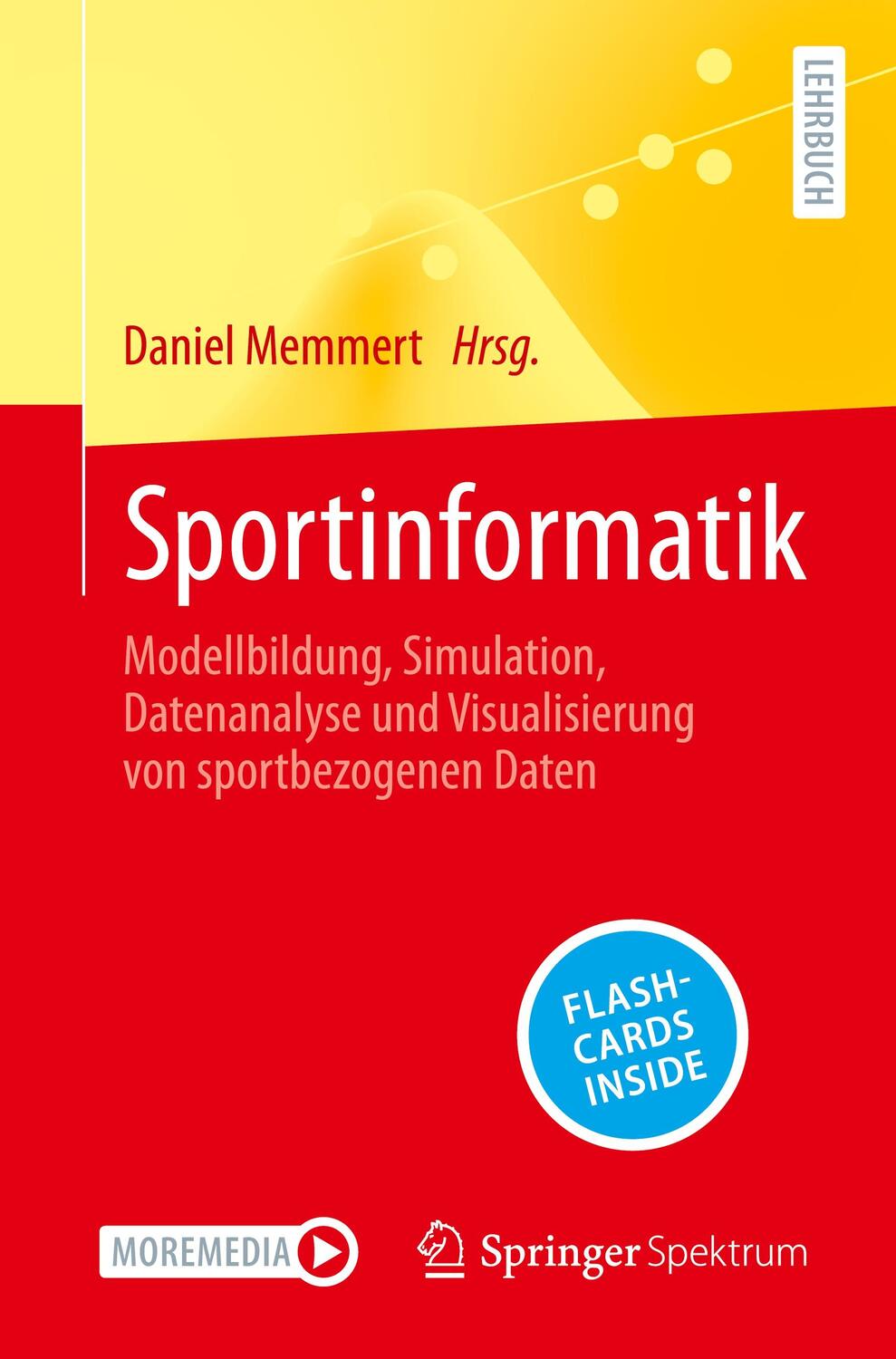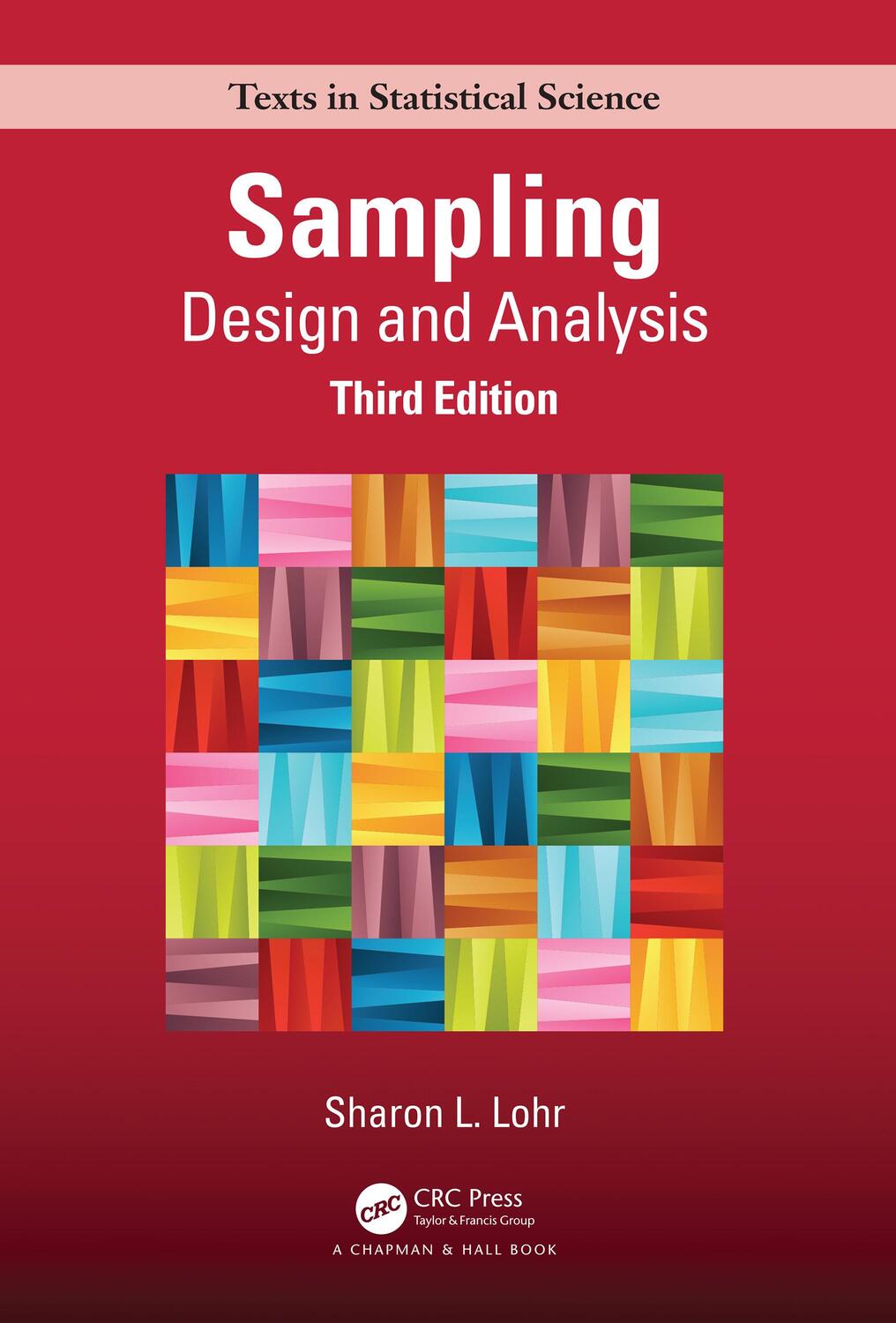Dekorationsartikel gehören nicht zum Leistungsumfang.
Sprache:
Englisch
97,00 €*
Versandkostenfrei per Post / DHL
Aktuell nicht verfügbar
Kategorien:
Beschreibung
Survey analysis remains the bread-and-butter of sociological research. Highlighting three main areas of interest-calibration estimators, two-phase designs, and fitting of regression models to survey data-Complex Surveys is the first book to describe the use of R in survey analysis in order to meticulously demonstrate new and efficient analyses of survey research methods in the health and social sciences. Written for applied statisticians and sophisticated users of statistics in the health and social sciences, the text employs large data sets throughout to illustrate the need for, and utility of, the R software system.
Survey analysis remains the bread-and-butter of sociological research. Highlighting three main areas of interest-calibration estimators, two-phase designs, and fitting of regression models to survey data-Complex Surveys is the first book to describe the use of R in survey analysis in order to meticulously demonstrate new and efficient analyses of survey research methods in the health and social sciences. Written for applied statisticians and sophisticated users of statistics in the health and social sciences, the text employs large data sets throughout to illustrate the need for, and utility of, the R software system.
Über den Autor
THOMAS LUMLEY, PHD, is Associate Professor of Biostatistics at the University of Washington. He has published numerous journal articles in his areas of research interest, which include regression modeling, clinical trials, statistical computing, and survey research. Dr. Lumley created the survey package that currently accompanies the R software package, and he is also coauthor of Biostatistics: A Methodology for the Health Sciences, Second Edition, published by Wiley.
Inhaltsverzeichnis
Acknowledgments.
Preface.
Acronyms.
1 Basic Tools.
1.1 Goals of inference.
1.2 An introduction to the data.
1.3 Obtaining the software.
1.4 Using R.
Exercises.
2 Simple and Stratified sampling.
2.1 Analysing simple random samples.
2.2 Stratified sampling.
2.3 Replicate weights.
2.4 Other population summaries.
2.5 Estimates in subpopulations.
2.6 Design of stratified samples.
Exercises.
3 Cluster sampling.
3.1 Introduction.
3.2 Describing multistage designs to R.
3.3 Sampling by size.
3.4 Repeated measurements.
Exercises.
4 Graphics.
4.1 Why is survey data different?
4.2 Plotting a table.
4.3 One continuous variable.
4.4 Two continuous variables.
4.5 Conditioning plots.
4.6 Maps.
Exercises.
5 Ratios and linear regression.
5.1 Ratio estimation.
5.2 Linear regression.
5.3 Is weighting needed in regression models?
6 Categorical data regression 109.
6.1 Logistic regression 110.
6.2 Ordinal regression 117.
6.3 Loglinear models 123.
7 Poststratification, raking and calibration.
7.1 Introduction.
7.2 Poststratification.
7.3 Raking.
7.4 Generalized raking, GREG estimation, and calibration.
7.5 Basu's elephants.
7.6 Selecting auxiliary variables for nonresponse.
Exercises.
8 Twophase sampling.
8.1 Multistage and multiphase sampling.
8.2 Sampling for stratification.
8.3 The case-control design.
8.4 Sampling from existing cohorts.
8.5 Using auxiliary information from phase one.
Exercises.
9 Missing data.
9.1 Item nonresponse.
9.2 Twophase estimation for missing data.
9.3 Imputation of missing data.
Exercises.
10 Causal inference.
10.1 IPTW estimators.
10.2 Marginal Structural Models.
Appendix A: Analytic details.
A.1 Asymptotics.
A.2 Variances by linearization.
A.3 Tests in contingency tables.
A.4 Multiple imputation.
A.5 Calibration and influence functions.
A.6 Calibration in randomized trials and ANCOVA.
Appendix B: Basic R.
B.1 Reading data.
B.2 Data manipulation.
B.3 Randomness.
B.4 Methods and objects.
B.5 Writing functions.
Appendix C: Computational details.
C.1 Linearization.
C.2 Replicate weights.
C.3 Scatterplot smoothers.
C.4 Quantiles.
C.5 Bug reports and feature requests.
Appendix D: Databasebacked design objects.
D.1 Large data.
D.2 Setting up database interfaces.
Appendix E: Extending the survey package.
E.1 A case study: negative binomial regression.
E.2 Using a Poisson model.
E.3 Replicate weights.
E.4 Linearization.
References.
Author Index.
Topic Index.
Preface.
Acronyms.
1 Basic Tools.
1.1 Goals of inference.
1.2 An introduction to the data.
1.3 Obtaining the software.
1.4 Using R.
Exercises.
2 Simple and Stratified sampling.
2.1 Analysing simple random samples.
2.2 Stratified sampling.
2.3 Replicate weights.
2.4 Other population summaries.
2.5 Estimates in subpopulations.
2.6 Design of stratified samples.
Exercises.
3 Cluster sampling.
3.1 Introduction.
3.2 Describing multistage designs to R.
3.3 Sampling by size.
3.4 Repeated measurements.
Exercises.
4 Graphics.
4.1 Why is survey data different?
4.2 Plotting a table.
4.3 One continuous variable.
4.4 Two continuous variables.
4.5 Conditioning plots.
4.6 Maps.
Exercises.
5 Ratios and linear regression.
5.1 Ratio estimation.
5.2 Linear regression.
5.3 Is weighting needed in regression models?
6 Categorical data regression 109.
6.1 Logistic regression 110.
6.2 Ordinal regression 117.
6.3 Loglinear models 123.
7 Poststratification, raking and calibration.
7.1 Introduction.
7.2 Poststratification.
7.3 Raking.
7.4 Generalized raking, GREG estimation, and calibration.
7.5 Basu's elephants.
7.6 Selecting auxiliary variables for nonresponse.
Exercises.
8 Twophase sampling.
8.1 Multistage and multiphase sampling.
8.2 Sampling for stratification.
8.3 The case-control design.
8.4 Sampling from existing cohorts.
8.5 Using auxiliary information from phase one.
Exercises.
9 Missing data.
9.1 Item nonresponse.
9.2 Twophase estimation for missing data.
9.3 Imputation of missing data.
Exercises.
10 Causal inference.
10.1 IPTW estimators.
10.2 Marginal Structural Models.
Appendix A: Analytic details.
A.1 Asymptotics.
A.2 Variances by linearization.
A.3 Tests in contingency tables.
A.4 Multiple imputation.
A.5 Calibration and influence functions.
A.6 Calibration in randomized trials and ANCOVA.
Appendix B: Basic R.
B.1 Reading data.
B.2 Data manipulation.
B.3 Randomness.
B.4 Methods and objects.
B.5 Writing functions.
Appendix C: Computational details.
C.1 Linearization.
C.2 Replicate weights.
C.3 Scatterplot smoothers.
C.4 Quantiles.
C.5 Bug reports and feature requests.
Appendix D: Databasebacked design objects.
D.1 Large data.
D.2 Setting up database interfaces.
Appendix E: Extending the survey package.
E.1 A case study: negative binomial regression.
E.2 Using a Poisson model.
E.3 Replicate weights.
E.4 Linearization.
References.
Author Index.
Topic Index.
Details
| Erscheinungsjahr: | 2010 |
|---|---|
| Fachbereich: | Wahrscheinlichkeitstheorie |
| Genre: | Mathematik |
| Rubrik: | Naturwissenschaften & Technik |
| Medium: | Taschenbuch |
| Seiten: | 296 |
| Inhalt: | 296 S. |
| ISBN-13: | 9780470284308 |
| ISBN-10: | 0470284307 |
| Sprache: | Englisch |
| Einband: | Kartoniert / Broschiert |
| Autor: | Lumley, Thomas |
| Hersteller: |
Wiley
John Wiley & Sons |
| Maße: | 234 x 156 x 17 mm |
| Von/Mit: | Thomas Lumley |
| Erscheinungsdatum: | 01.03.2010 |
| Gewicht: | 0,453 kg |
Über den Autor
THOMAS LUMLEY, PHD, is Associate Professor of Biostatistics at the University of Washington. He has published numerous journal articles in his areas of research interest, which include regression modeling, clinical trials, statistical computing, and survey research. Dr. Lumley created the survey package that currently accompanies the R software package, and he is also coauthor of Biostatistics: A Methodology for the Health Sciences, Second Edition, published by Wiley.
Inhaltsverzeichnis
Acknowledgments.
Preface.
Acronyms.
1 Basic Tools.
1.1 Goals of inference.
1.2 An introduction to the data.
1.3 Obtaining the software.
1.4 Using R.
Exercises.
2 Simple and Stratified sampling.
2.1 Analysing simple random samples.
2.2 Stratified sampling.
2.3 Replicate weights.
2.4 Other population summaries.
2.5 Estimates in subpopulations.
2.6 Design of stratified samples.
Exercises.
3 Cluster sampling.
3.1 Introduction.
3.2 Describing multistage designs to R.
3.3 Sampling by size.
3.4 Repeated measurements.
Exercises.
4 Graphics.
4.1 Why is survey data different?
4.2 Plotting a table.
4.3 One continuous variable.
4.4 Two continuous variables.
4.5 Conditioning plots.
4.6 Maps.
Exercises.
5 Ratios and linear regression.
5.1 Ratio estimation.
5.2 Linear regression.
5.3 Is weighting needed in regression models?
6 Categorical data regression 109.
6.1 Logistic regression 110.
6.2 Ordinal regression 117.
6.3 Loglinear models 123.
7 Poststratification, raking and calibration.
7.1 Introduction.
7.2 Poststratification.
7.3 Raking.
7.4 Generalized raking, GREG estimation, and calibration.
7.5 Basu's elephants.
7.6 Selecting auxiliary variables for nonresponse.
Exercises.
8 Twophase sampling.
8.1 Multistage and multiphase sampling.
8.2 Sampling for stratification.
8.3 The case-control design.
8.4 Sampling from existing cohorts.
8.5 Using auxiliary information from phase one.
Exercises.
9 Missing data.
9.1 Item nonresponse.
9.2 Twophase estimation for missing data.
9.3 Imputation of missing data.
Exercises.
10 Causal inference.
10.1 IPTW estimators.
10.2 Marginal Structural Models.
Appendix A: Analytic details.
A.1 Asymptotics.
A.2 Variances by linearization.
A.3 Tests in contingency tables.
A.4 Multiple imputation.
A.5 Calibration and influence functions.
A.6 Calibration in randomized trials and ANCOVA.
Appendix B: Basic R.
B.1 Reading data.
B.2 Data manipulation.
B.3 Randomness.
B.4 Methods and objects.
B.5 Writing functions.
Appendix C: Computational details.
C.1 Linearization.
C.2 Replicate weights.
C.3 Scatterplot smoothers.
C.4 Quantiles.
C.5 Bug reports and feature requests.
Appendix D: Databasebacked design objects.
D.1 Large data.
D.2 Setting up database interfaces.
Appendix E: Extending the survey package.
E.1 A case study: negative binomial regression.
E.2 Using a Poisson model.
E.3 Replicate weights.
E.4 Linearization.
References.
Author Index.
Topic Index.
Preface.
Acronyms.
1 Basic Tools.
1.1 Goals of inference.
1.2 An introduction to the data.
1.3 Obtaining the software.
1.4 Using R.
Exercises.
2 Simple and Stratified sampling.
2.1 Analysing simple random samples.
2.2 Stratified sampling.
2.3 Replicate weights.
2.4 Other population summaries.
2.5 Estimates in subpopulations.
2.6 Design of stratified samples.
Exercises.
3 Cluster sampling.
3.1 Introduction.
3.2 Describing multistage designs to R.
3.3 Sampling by size.
3.4 Repeated measurements.
Exercises.
4 Graphics.
4.1 Why is survey data different?
4.2 Plotting a table.
4.3 One continuous variable.
4.4 Two continuous variables.
4.5 Conditioning plots.
4.6 Maps.
Exercises.
5 Ratios and linear regression.
5.1 Ratio estimation.
5.2 Linear regression.
5.3 Is weighting needed in regression models?
6 Categorical data regression 109.
6.1 Logistic regression 110.
6.2 Ordinal regression 117.
6.3 Loglinear models 123.
7 Poststratification, raking and calibration.
7.1 Introduction.
7.2 Poststratification.
7.3 Raking.
7.4 Generalized raking, GREG estimation, and calibration.
7.5 Basu's elephants.
7.6 Selecting auxiliary variables for nonresponse.
Exercises.
8 Twophase sampling.
8.1 Multistage and multiphase sampling.
8.2 Sampling for stratification.
8.3 The case-control design.
8.4 Sampling from existing cohorts.
8.5 Using auxiliary information from phase one.
Exercises.
9 Missing data.
9.1 Item nonresponse.
9.2 Twophase estimation for missing data.
9.3 Imputation of missing data.
Exercises.
10 Causal inference.
10.1 IPTW estimators.
10.2 Marginal Structural Models.
Appendix A: Analytic details.
A.1 Asymptotics.
A.2 Variances by linearization.
A.3 Tests in contingency tables.
A.4 Multiple imputation.
A.5 Calibration and influence functions.
A.6 Calibration in randomized trials and ANCOVA.
Appendix B: Basic R.
B.1 Reading data.
B.2 Data manipulation.
B.3 Randomness.
B.4 Methods and objects.
B.5 Writing functions.
Appendix C: Computational details.
C.1 Linearization.
C.2 Replicate weights.
C.3 Scatterplot smoothers.
C.4 Quantiles.
C.5 Bug reports and feature requests.
Appendix D: Databasebacked design objects.
D.1 Large data.
D.2 Setting up database interfaces.
Appendix E: Extending the survey package.
E.1 A case study: negative binomial regression.
E.2 Using a Poisson model.
E.3 Replicate weights.
E.4 Linearization.
References.
Author Index.
Topic Index.
Details
| Erscheinungsjahr: | 2010 |
|---|---|
| Fachbereich: | Wahrscheinlichkeitstheorie |
| Genre: | Mathematik |
| Rubrik: | Naturwissenschaften & Technik |
| Medium: | Taschenbuch |
| Seiten: | 296 |
| Inhalt: | 296 S. |
| ISBN-13: | 9780470284308 |
| ISBN-10: | 0470284307 |
| Sprache: | Englisch |
| Einband: | Kartoniert / Broschiert |
| Autor: | Lumley, Thomas |
| Hersteller: |
Wiley
John Wiley & Sons |
| Maße: | 234 x 156 x 17 mm |
| Von/Mit: | Thomas Lumley |
| Erscheinungsdatum: | 01.03.2010 |
| Gewicht: | 0,453 kg |
Warnhinweis

